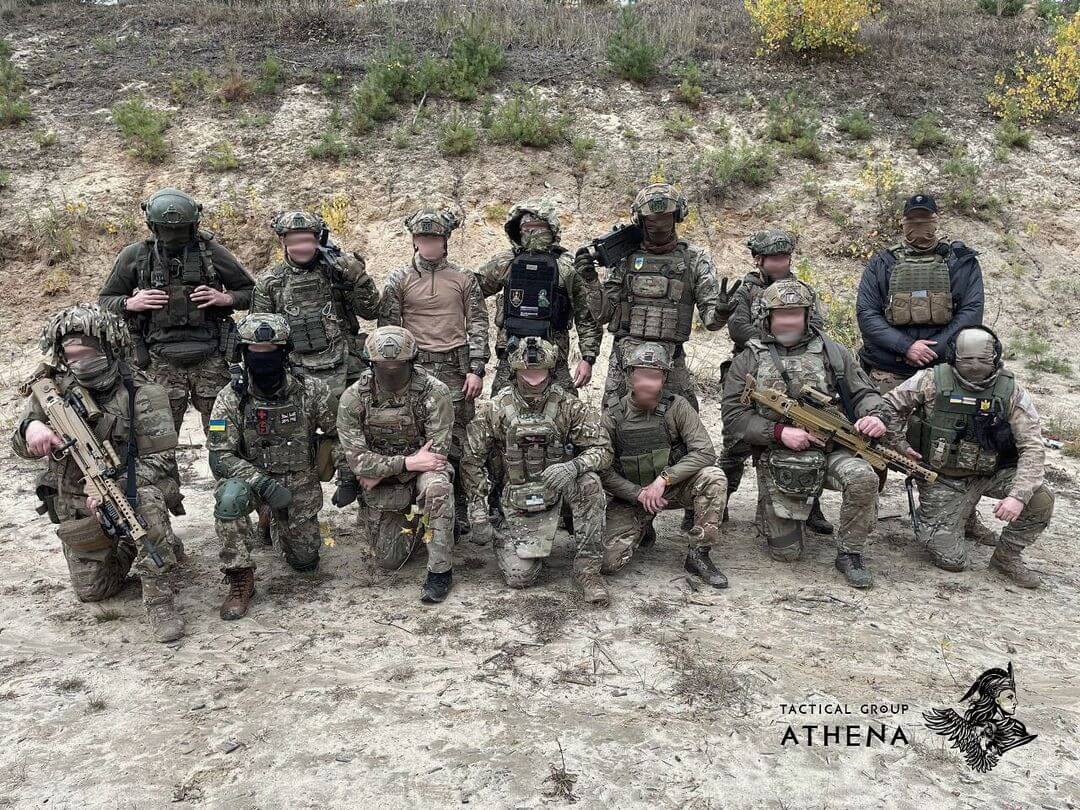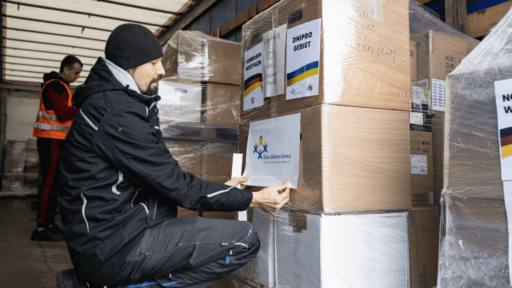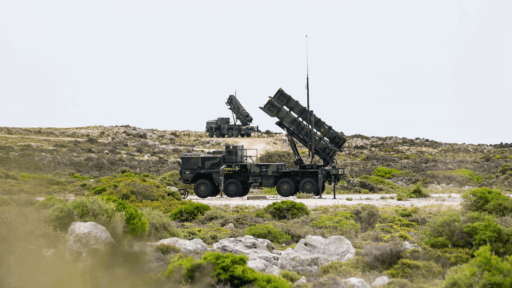Direct combat, special reconnaissance, intelligence gathering or sabotage. The Ukrainian special forces are being deployed across a broad spectrum in the current defence fight against the Russian armed forces.
They carry out offensive and stealth operations, on the front line and in high-risk situations. It is only logical that well-equipped, intensively trained and experienced soldiers are deployed for this purpose.
Germany and other countries have been training and equipping Ukrainian special forces since last year to ensure that this was also the case during wartimes.
Training of Ukrainian special forces
Germany began training Ukrainian special forces last year, although no details were given at the time. At least 50 special forces were trained during the last year by the Bundeswehr. According to my research, no new figures have been published since then, even though training has continued.
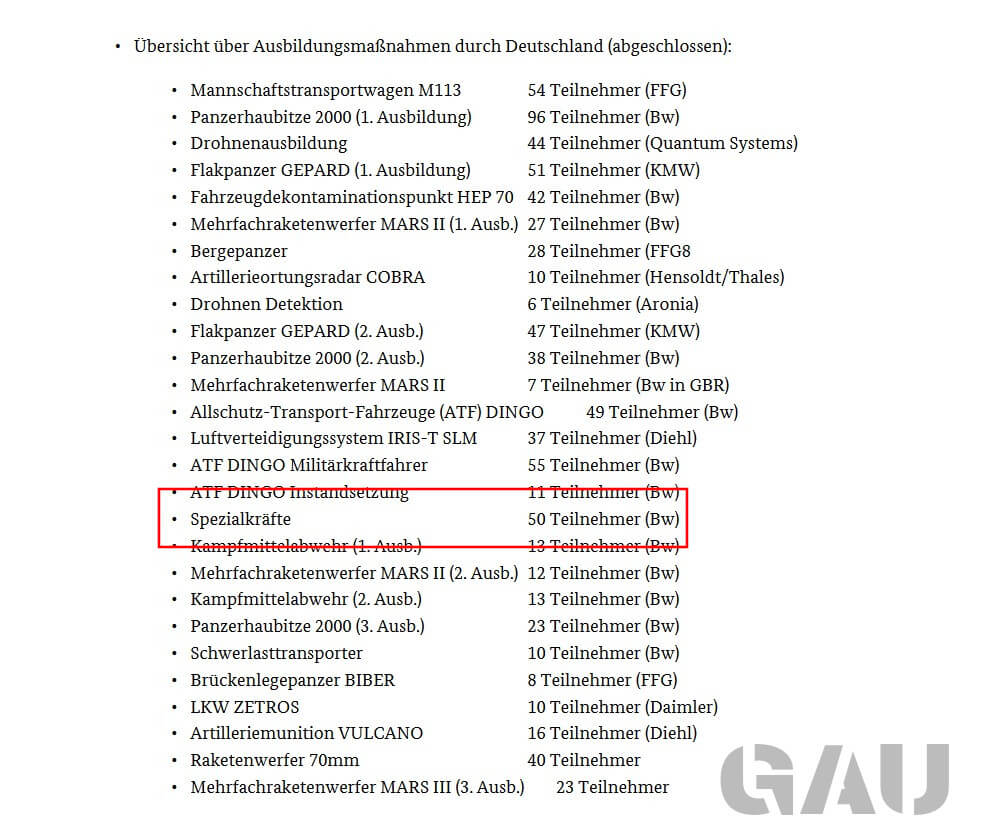
Unfortunately, in 2023 the German government hardly published any precise figures on the training of Ukrainian soldiers in or by Germany. Especially regarding special forces, the discretion is at least somewhat understandable.
However, an article published on the Bundeswehr website in December 2023 reveals a few new details. The training is done by the German KSK (Kommando Spezialkräfte), or in English, the Special Forces Command.
The purpose of the training is to enable the Ukrainian soldiers trained in Germany to continue training special forces in Ukraine themselves. The focus is on tactical land mobility and the combat of one or more commandos in urbanised terrain, known as “close quarter battle” in military jargon.
The first days of training are dominated by instruction and basic training. All training material, in particular multiple weapons and different vehicles, must be safely mastered by the Ukrainian soldiers.
Several pictures of the firearms training — issued by the Bundeswehr — have been published. I had an interesting conversation about this with Matthew Moss from “The Armourer’s Bench”, a weapons expert with a current focus on the war in Ukraine.

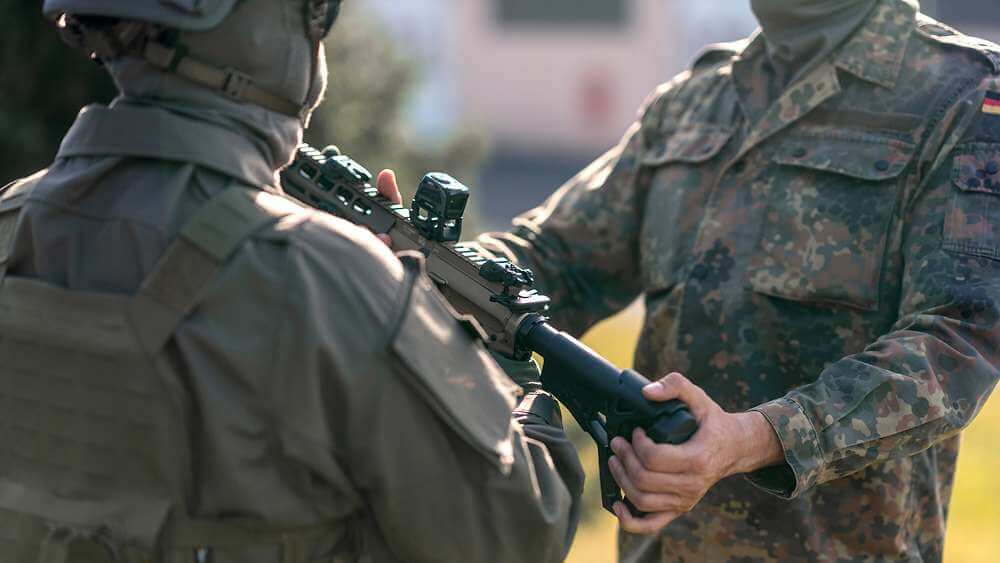
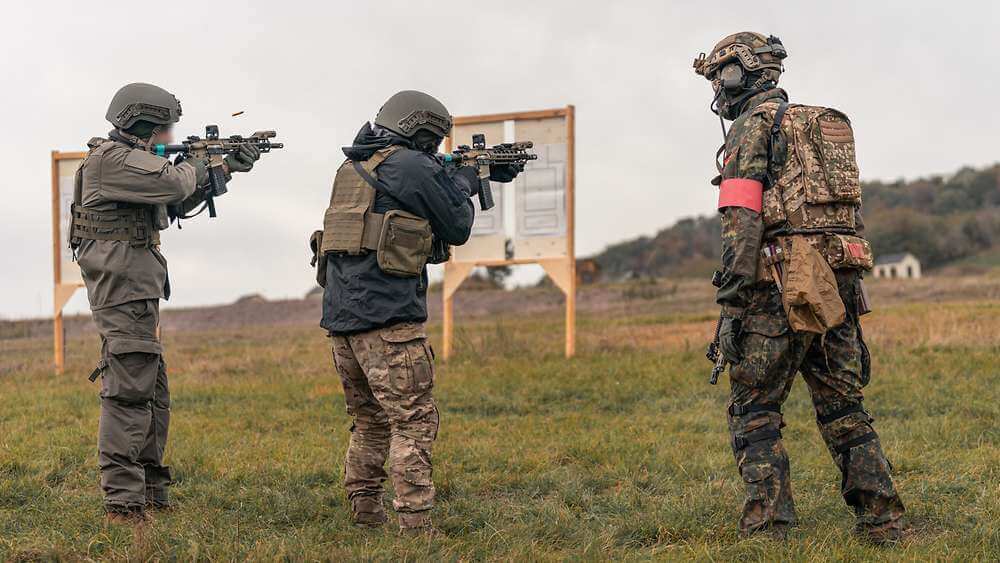
According to him, the Ukrainian soldiers are not only training with the MG3, which has been in service with the AFU for a long time now, and with the MG5, which has been delivered to Ukraine in early August.
They are also being trained on the Haenel MK556, which was supposed to replace the G36 in the Bundeswehr before Haenel — due to more or less proven patent infringements — was excluded from the process by the German Ministry of Defence and the production of the rifle for the Bundeswehr was stopped.
On the 4th of January — several weeks after this article was published — 5,000 of these rifles were actually promised to Ukraine. Of these, 305 have already been delivered. However, the number of firearms pledged is too large to be used only in Ukrainian special units.
I will go into more detail later on Germany’s support for the Ukrainian special forces with equipment, weapons, and vehicles. Let’s get back to the training.
Quick action adapted to the situation, improvisation, and leadership are practised again and again. The German head of training made the following statement about the Ukrainian soldiers.
“The Ukrainian soldiers are highly motivated, very willing to learn and hungry for knowledge. A good level of training was achieved both in close combat and urban combat, as well as in the training specialisms of tactical mobility and shooting.”
Head of Training Lieutenant Colonel T. / bundeswehr.de
Highly motivated, very willing to learn and hungry for knowledge. We keep hearing statements like this about the Ukrainian soldiers who are being trained in the West by their partners — and not just by Germany. The motivation of the soldiers — fuelled by the war crimes that Russia commits every day in Ukraine — remains high.
Equipment for Ukrainian special forces
Already back in October, the Ukrainian special forces received a some media attention in Germany. The reason for this is an assistance package worth 20 million euros, which the German Ministry of Defence made public in a press release in mid-October.
Vehicles, weapons and personal equipment are to be supplied. The intention is to make the Ukrainian special forces “even more powerful”.
Over time, more and more details of the assistance package were published. For example, the German magazine “cpm Defence Network” reported two months ago that it had been learned from well-informed sources that 50 E-Bike EMUs are part of the package.


The electric engine of these motorbikes is almost completely maintenance-free and noiseless. The E-Bike EMU has a range of 60 km per battery charge. The battery can be changed within seconds. Perfect for special forces, who need to move quickly and quietly in off-road terrain.
However, the delivery of the vehicles has not yet been confirmed. What has been confirmed, however, is that Rheinmetall will deliver five Caracal airmobile platforms to Ukraine. The company made this public in a press release on the 14th of November.
A Rheinmetall spokesperson confirmed to me that the German government pays for these vehicles and therefore will cover the costs of production, training, and delivery.
The first vehicles will be delivered to Ukraine until the end of 2023. The rest will follow at the beginning of 2024. The Caracal is a 4×4 mobile platform specially designed to meet the needs of airmobile formations and special operations forces.
Germany and the Netherlands have signed a framework contract with Rheinmetall for up to 3,058 Caracals worth up to 1.9 billion euros. The first testing vehicles will be delivered in early 2024. Ukraine will therefore be the first user of these vehicles — worldwide. Even before the Bundeswehr receives its testing vehicles.
Due to the deployment area of the vehicles and the fact that the German government is financing them, it can be considered confirmed that they are part of the 20 million euro package.
Interestingly, Rheinmetall manufactures the Caracal airmobile platforms in cooperation with Mercedes-Benz and ACS Armoured Car Systems. The very ACS Armoured Car Systems which, according to the “cpm Defence Network”, is to supply 50 E-Bike EMUs to Ukraine as part of this package.
It can therefore be assumed that they were either very close to the truth or that these are actually also part of the assistance package.
Now that we’ve worked through the vehicles in the package, the weapons and personal equipment are still missing. As it will probably never be possible to say anything detailed about the personal equipment, we will now only focus on the weapons.
Also in October, Matthew Moss published a picture on X suggesting that a couple of G36s have now arrived in Ukraine. Because this is a German-made rifle and that a package for Ukrainian special forces had been announced only a week or so earlier, it was naturally suspected that they had been delivered by Germany.
However, a spokesperson of the German Ministry of Defence informed me at the beginning of November that they have “no knowledge of the transfer of these weapons to Ukraine”.
In fact, the weapons in the assistance package are most likely Haenel HLR 338.
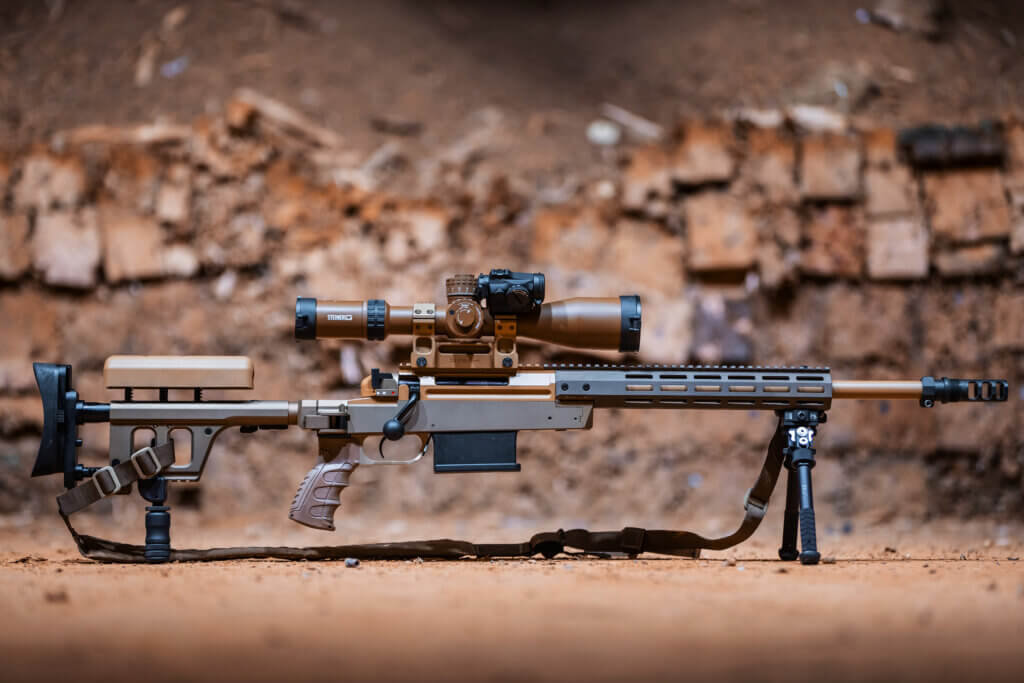 Image: C.G. Haenel
Image: C.G. HaenelThese are high-end long-range precision rifles. The German government recently revealed the delivery of 15 of these rifles to Ukraine. A further 435 are to be delivered in the future.
Unfortunately, it is not known which variant or possibly variants will be delivered to Ukraine. Haenel did not want to comment on this to me.
So much for the assistance package announced in October. However, one particular weapon is also repeatedly associated with the Ukrainian special forces. The MG5 manufactured by Heckler & Koch.
Germany has — so far — delivered a total of 100 MG5 to Ukraine. The very modern machine gun, which is also in service with the Bundeswehr and is increasingly replacing the old but still superb MG3, actually ended up mainly with Ukrainian special forces.
We know from published pictures and video footage, that the HK MG5 ended up with the following units of the HUR MO.
- Athena tactical group
- Knights special purpose unit
- Kraken special unit
- Omega Special Task Unit
- Operation 21 Group
- Rogue team
- Shaman battalion
- Sibir Battalion
- Stugna Battalion
Apart from that, some of them also ended up with several teams of the International Legion of Territorial Defense of Ukraine, like the Lithuanian Legion. A MG5 was also seen with Greek volunteers of an unknown team.
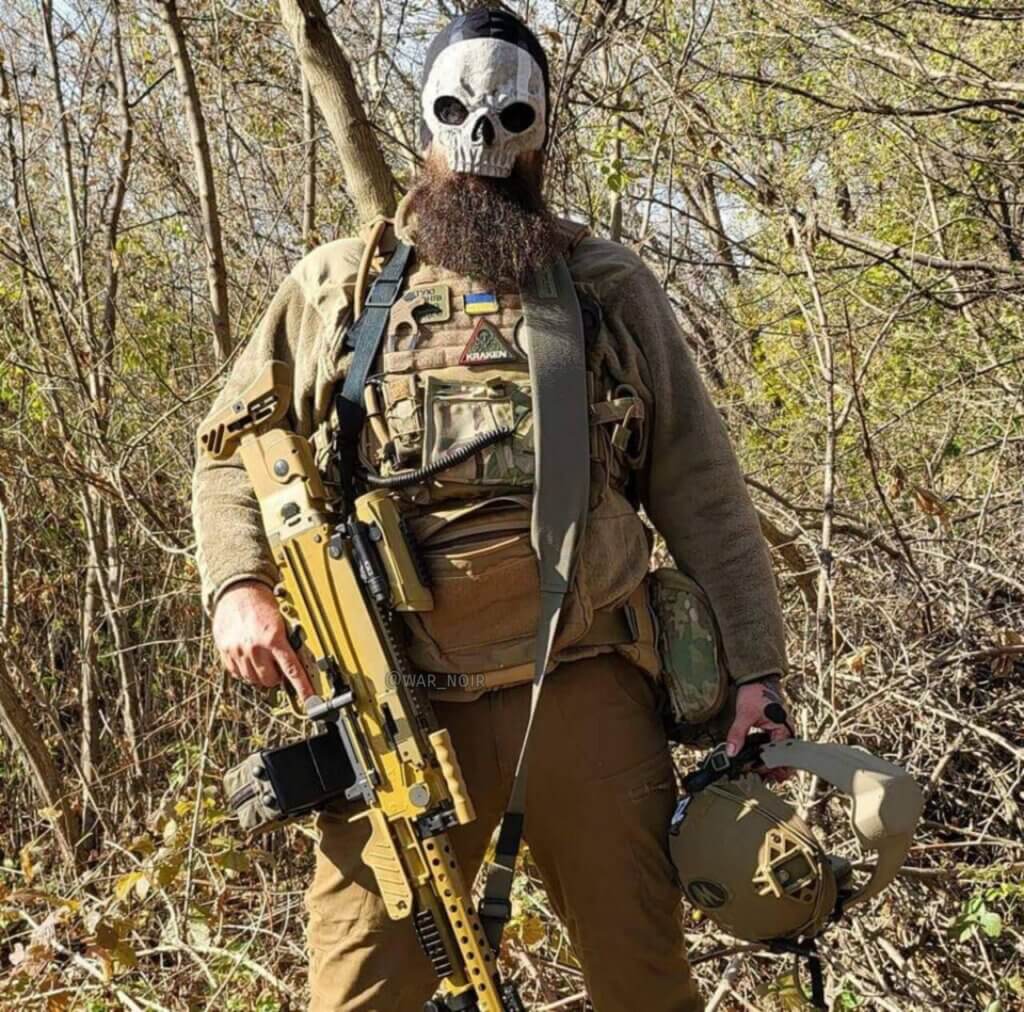

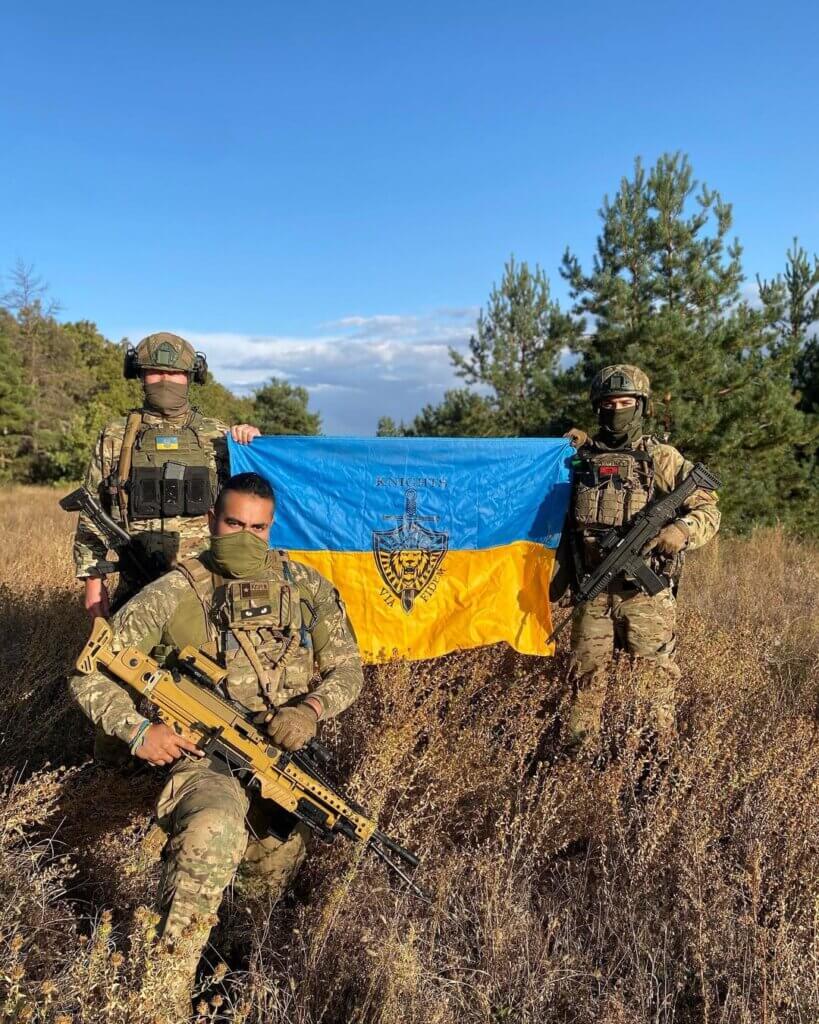
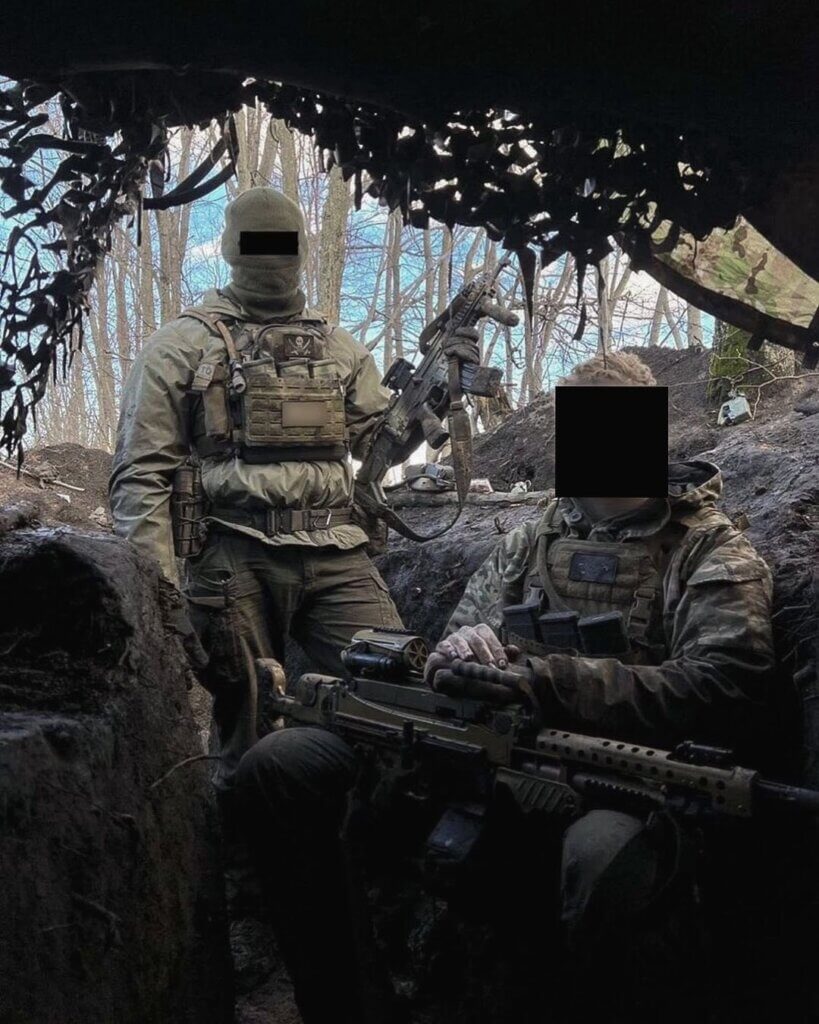
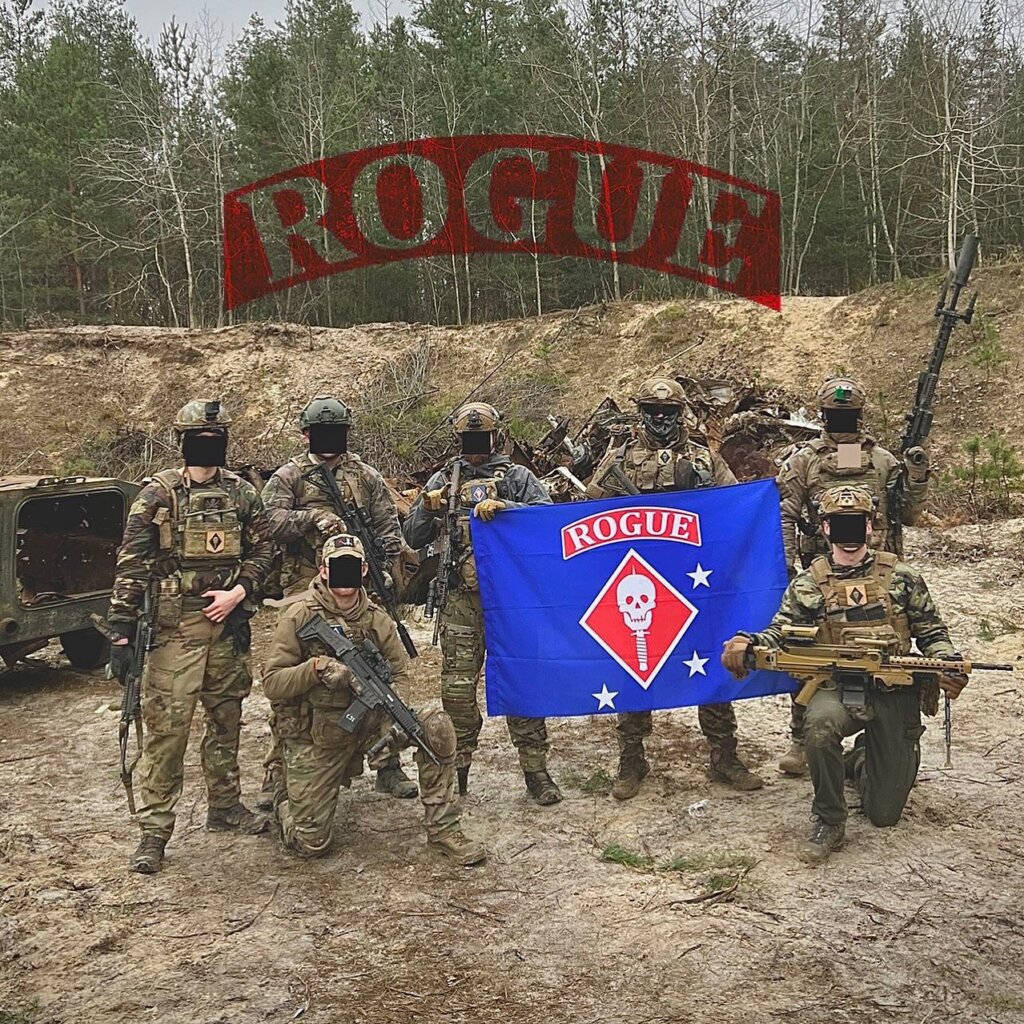

Matthew Moss actually published an excellent article on the MG5 in service with the AFU a couple of days ago. You should really have a look, if you are interested in knowing more about the German-delivered MG5.
He spoke with numerous members of different teams, and their assessment of the MG5 in combat use is predominantly very positive. An assessment I share because officially only 100 MG5s were delivered to Ukraine, but we see plenty of photos and videos in proportion.
If you liked this post, consider following me on X, Bluesky, or Telegram. If you like, you can also leave me a tip on Ko-fi.
Changelog
- 27th of January 2024 — Information about an announced delivery of 5,000 MK 556 rifles added



